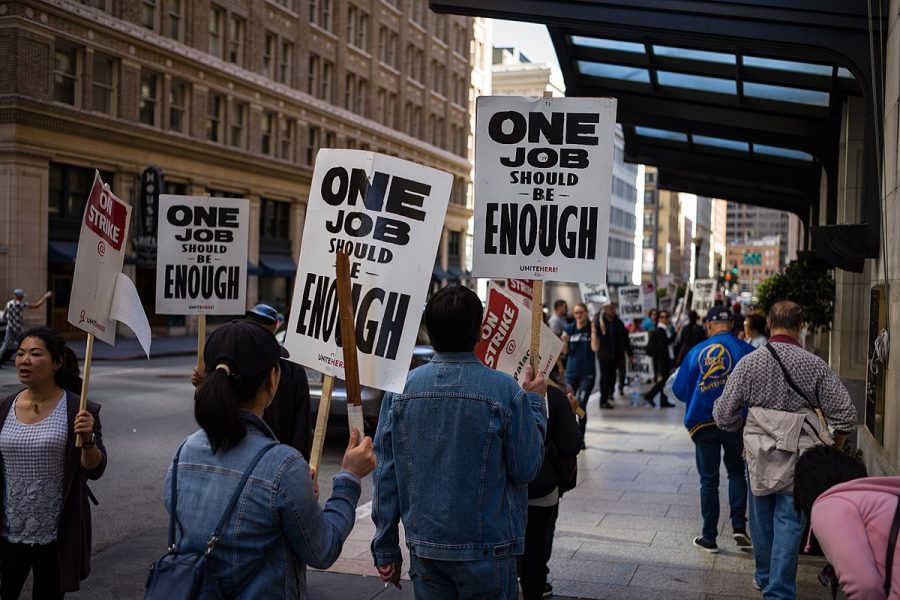 Angela Davis’ “The Prison Industrial Complex” is a live recording of
Davis speaking at Colorado College on May 5, 1997.
Angela Davis’ “The Prison Industrial Complex” is a live recording of
Davis speaking at Colorado College on May 5, 1997.
The adjunct
professor and social activist outlines the understated impacts that
the growing prison population has on America, especially in
communities of color. Davis believes that the modern prison culture
is a symptom of social ills which include substance abuse, racism,
xenophobia and globalization.
Davis, who began her career as an assistant professor at UCLA in 1969,
was unceremoniously fired by the University of California Board of
Regents after only a year at the urging of then Governor Ronald Reagan
due to her alleged communist activities. A year later she became
embroiled with controversy after firearms that she had purchased were
used in a Marin County prison escape which resulted in the death of a
Superior Court Judge.
Although Davis was acquitted of all charges, many people still see her
as a symbol of the more radical social movements of the 1960s and
1970s, including the Black Panthers. Davis claims that she has always
been conscious of social activism stating that her, “parents basically
taught us that we had to be critical of the way things were; otherwise
we could not affirm our own humanity.”
This acute sense of awareness has led her to question what she calls
“the prison industrial complex,” a term which is a spin-off of what
President Dwight D. Eisenhower coined was “the industrial military
complex.” During her legal troubles in the 1970s, Davis believes she
witnessed firsthand that the “prison system as a whole served as a
weapon as political repression, racist repression.”
Of the almost two-and-a-half million Americans who are presently
incarcerated, it is estimated that 44 percent are African American even
though they only represent 12 percent of the total population.
Davis does
not believe that this shocking statistic is a coincidence. She
asserts that within the “prison industrial complex, there is also an
ideological campaign to persuade people that criminals can be
recognized by virtue of their race.”
Therefore, prisons not only
perpetuate the circle of violence and crime which traps many
minorities in this country, they perpetuate the vilification of young
men of color. This is how, as Davis points out, the American populous,
including African Americans, have begun to erroneously associate all
young African American men with criminal activity.
With so many men and an increasing number of women spending time
behind the walls of America’s jails and prisons, Davis contends that
it is surprising that others refuse to recognize them, stating, “we
have learned how to forget about prisons.” Even when people have
friends and family members who are incarcerated, they disassociate
themselves and do not act as a link between the prisoners and the
outside world.
Most people are comfortable with the belief that prisoners are violent
people who deserve to be punished; however, over 50 percent of sentenced
inmates are non-violent offenders. Many are drug addicts suffering
from chemical dependency. Davis proposes that the system should focus
on education and rehabilitation.
In the second half of her talk, Davis ventures into other social
issues, which she is able to only loosely tie back to her original
topic. The litany of causes which she attributes to the bloated
“prison industrial complex” include the “demonization of the
immigrant,” and the “vacuum that has been left by these trans-national corporations that have moved into the third world.”
Davis also asserts that pharmaceutical companies are no better than drug
dealers and that there should be a worldwide boycott on Nike.
Although these issues are interesting food for thought, they
inevitably detract from her initial thesis and hurt the academic
integrity of her argument.
It is refreshing that Davis not only points out the many problems, but she
also offers solutions. During her time as a professor at San
Francisco State, she brought her class of college students into the
county jail to learn from the inmates, thus creating a dialogue between
the “free” and the “unfree” worlds. This underscores her belief that
education can be used to break the cyclical nature of crime and
incarceration. It costs around $45,000 to keep someone in
prison for a year. Davis notes, “it costs much more to send someone to
prison then it does to college.”
Despite some grandiose claims that are somewhat unsubstantiated, the
majority of Davis’s argument is correct and more relevant than ever.
Even as crime rates in America drop, the prison population is on the
rise. Of the new prisons that are sprouting up across America, many
of them are privately operated by for-profit companies like the
Corrections Corporation of America which trades on the New York Stock
Exchange as CXW. Davis rightly believes that if America does not
quickly reform its prison system, “we will be an increasingly
incarcerated society.”
The Prison Industrial Complex
September 23, 2010
More to Discover










